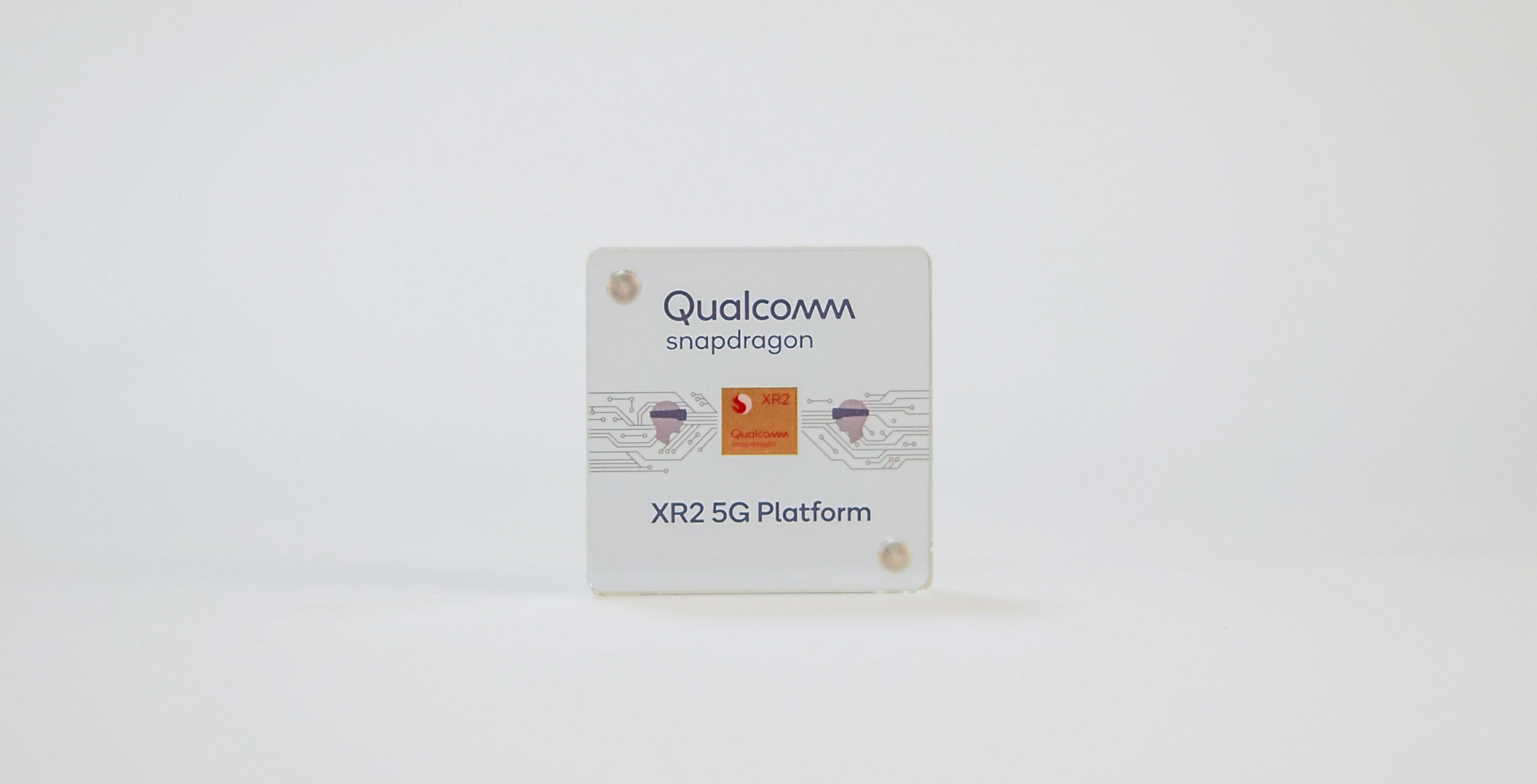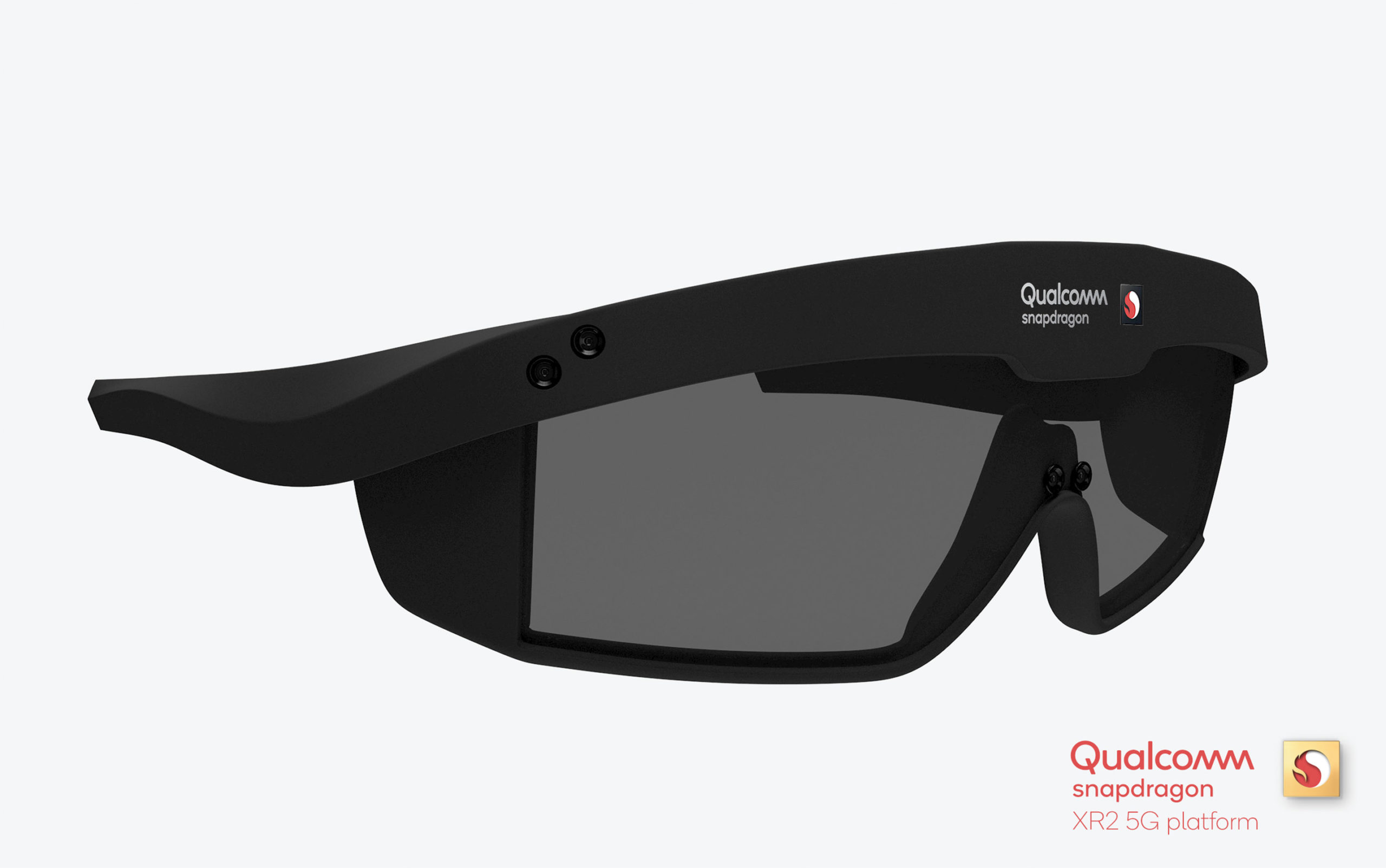
Following the Snapdragon 865 and 765 mobile platform announcements, Qualcomm unveiled the world’s first 5G-supported extended reality (XR) platform on Day 3 of its Snapdragon Tech Summit in Maui, Hawaii.
The Snapdragon XR2 platform combines Qualcomm’s 5G and AI innovations with its industry-leading XR technology, which the company says will usher in a new era of mobile computing. Further, Qualcomm says the new premium platform includes custom features and “multiple firsts” that can scale across augmented reality (AR), virtual reality (VR) and mixed reality (MR).
Additionally, XR2 brings several performance improvements over the original Snapdragon XR platform. Specifically, Qualcomm says XR2 offers two times the CPU and GPU performance, four times more video bandwidth, six times higher resolution and 11 times AI improvement. The platform can support seven concurrent cameras as well and sports a dedicated computer vision processor.
Further, XR2 is the first XR platform that allows low-latency camera pass-through, which unlocks true MR where users can see, interact with and create a hybrid of the real and virtual world while wearing a VR device.
On the visual end, Qualcomm says it made leaps in GPU processing in order to help close the gap between the real and virtual worlds. The GPU now supports 1.5 times the pixel rate, as well as three times the texel rate for efficient, high graphics rendering. It also improved XR-specific features like foveated rendering with eye-tracking and enhanced variable-rate shading to smooth refresh rates and rendering of heavy workloads while also keeping power consumption low.
The XR2 display panel offers up to 3K by 3K resolution per eye at 90fps and is also the first XR platform to support 8K 360 degree videos at 60fps. Qualcomm says this brings photorealistic visuals in streaming and local playback.
Multiple cameras and computer vision can improve tracking

As for those seven cameras, they help virtually teleport users to a new environment by working with the custom computer vision processor to provide accurate, real-time tracking. Specifically, the XR2 can track heads, lips and eyes as well as perform 26-point skeletal hand tracking. That last part is particularly important since most people will interact with XR with their hands.
While visuals are essential, audio is also integral to creating immersive experiences. The XR2 platform offers next-level audio layers with rich, 3D spatial sound. It also leverages a low-power Qualcomm Hexagon DSP for hardware-accelerated features like voice activation and context detection.
AI improves these experiences by allowing XR2 to improve visuals, interactivity and audio. Additionally, 5G opens the space for innovative XR experiences that leverage the low-latency and high speeds of the new network technology to enable XR experiences built on the cloud and streamed to headsets.
Qualcomm says that multiple manufacturers are committed to commercializing devices with the XR2 platform. Others are still in prototype and evaluation stages. Regardless, the new XR2 platform represents a move towards exciting new extended reality possibilities.
You can learn more about Qualcomm’s XR efforts here.
MobileSyrup may earn a commission from purchases made via our links, which helps fund the journalism we provide free on our website. These links do not influence our editorial content. Support us here.


